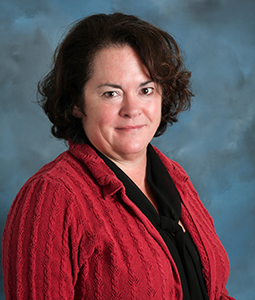Remember The Paper Chase? Mr. Hart on the hot seat on his first day at Harvard Law School, commanded by Professor Kingsfield to “fill the room” with his intelligence? Or One L, with similar themes about the rigors of legal education and the profound socialization that occurs in the iconic first year?
Sociolegal scholars, too, used to write about law school socialization. Some accounts focused on commonalities across U.S. law schools; for instance, Elizabeth Mertz’s The Language of Law School, an anthropological account of how law school transforms students’ attitudes toward spoken and written language. Others—such as Robert Granfield in Making Elite Lawyers, and David Wilkins in his research on black Harvard law graduates—focused on socialization at elite law schools, and the importance of professional confidence and access to elite networks for law graduates’ values, career choices, and economic success. In the late 1970s and 1980s, as the corporate legal services sector grew, Erlanger and others showed how many students who entered law school with public service intentions left law school intending instead to work for large, corporate law firms.
Questions about the role of law schools as agents of socialization and sorting are mostly absent from the current conversation about legal education reform. Perhaps understandably, given the brutal job market for recent law graduates and evidence of misleading reporting of employment data by law schools, since the recession the conversation about legal education has been dominated by concerns about the entry-level job market for lawyers, the need for greater transparency in that market, and what law schools, individually and collectively, should do to rationalize the cost and immediate market value of the training they offer.
Of course, these are worthy concerns. Law schools have a fiduciary duty, to students and prospective students, to provide accurate information and training geared at least in part toward immediate market demands. But the market for legal services is imperfect. And law schools’ market strategies have important consequences for both the socialization and distribution of lawyers. Such issues deserve more attention in the conversation about law school reform.
For instance: What difference does it make who goes to law school, for what reasons; and what difference does it make who networks with whom? Should we encourage students to develop focused career plans before they enter law school and encourage law schools to specialize in training for specific types of careers? If so, how should we carve up those specialties? Rich clients/poor clients? Public/private? Litigation/transactional? All of the above?
What difference would it make for the distribution and quality of legal services if we shrink the boundaries of unified legal training—or abolish it? What difference would it make if unified training occurred primarily at the undergraduate versus the graduate level? What are the consequences of the emergence of “global” law schools for corporate lawyers on the rule of law and access to justice in emerging economies—or in the U.S.?
These are sociological questions about the formation of professional identity, the functions (and dysfunctions) of stratification within the U.S. profession, and the role of U.S. lawyers and law schools in broader geopolitical contexts. Let’s not lose sight of these questions as we move forward to reshape the organization and structure of U.S. legal education.
Elizabeth Chambliss

